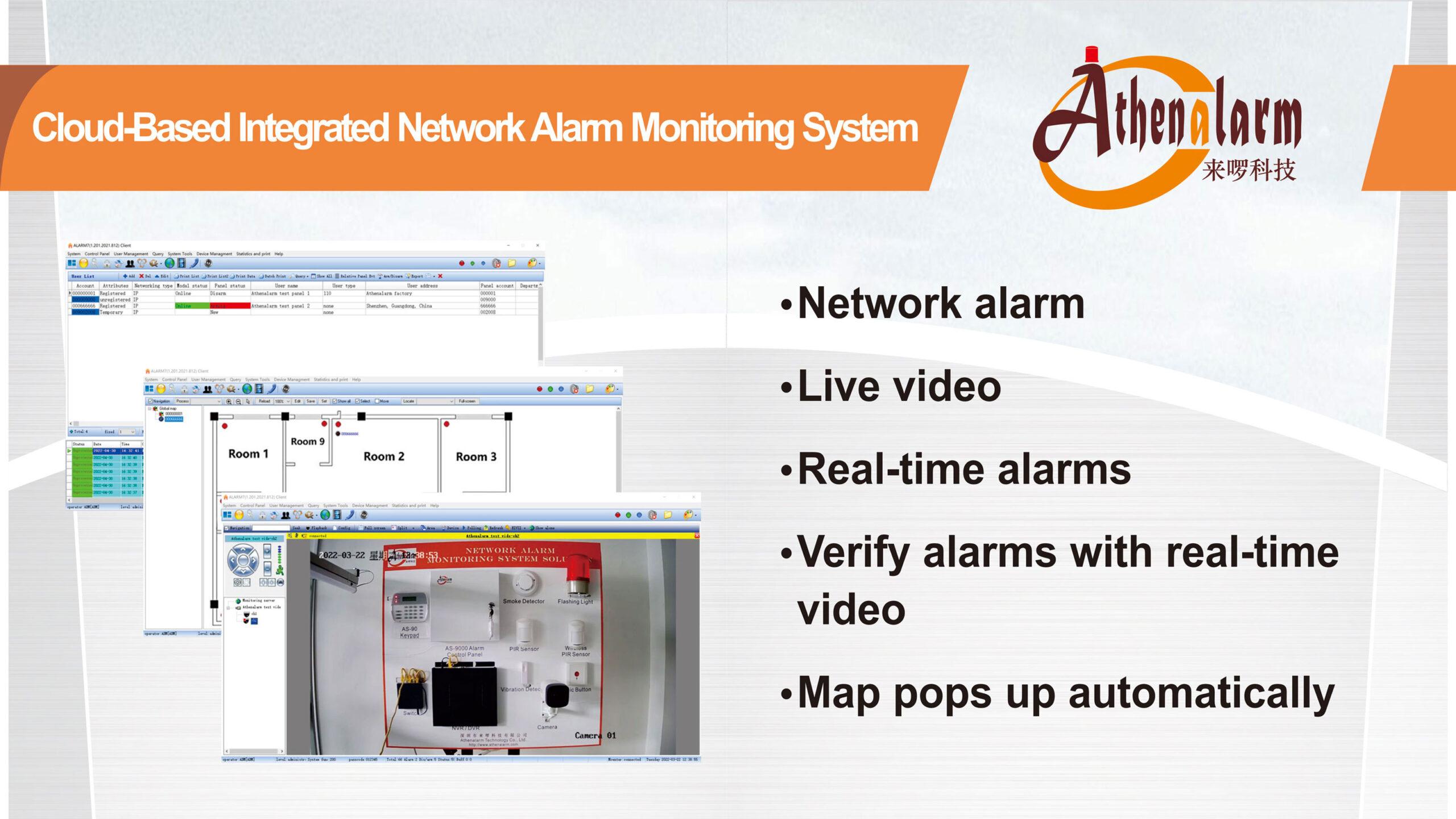



Combustible Gas Detector Introduction
A combustible gas detector is a tool used to detect the presence of combustible gases in the air. It is mainly used to monitor the concentration of combustible gases such as methane, propane, natural gas, and methane mixture.
At present, the technology of combustible gas detectors in the market is quite mature, and there are three common types of combustible gas detectors: optical combustible gas detectors, catalytic combustible gas detectors, and semi conductive combustible gas detectors.
Optical combustible gas detectors utilize the spectral characteristics of combustible gases that absorb specific wavelengths to detect the presence and concentration of combustible gases. This detector consists of two main parts: a light source and a spectral analyzer. The light source generates a beam of light with a specific wavelength, while the spectral analyzer analyzes the remaining light after passing through the air to be tested.
Catalytic combustible gas detectors utilize chemical reactions between combustible gases and catalysts to detect the presence and concentration of combustible gases. This type of detector consists of two main parts: catalyst and circuit. When combustible gases in the air enter the catalyst of the detector, a chemical reaction occurs to generate heat, which in turn causes physical changes in the circuit.
Semi conductive combustible gas detectors utilize chemical reactions between combustible gases and semiconductor materials to detect the presence and concentration of combustible gases. This type of detector consists of two main parts: semiconductor materials and circuits. When combustible gases in the air enter the semiconductor material of the detector, it will cause changes in the charge density in the semiconductor material, resulting in physical changes in the circuit.
In summary, different combustible gas detectors have different working and detection principles, but they all detect the presence and concentration of combustible gases in the air through electrical, optical, or chemical reactions.
